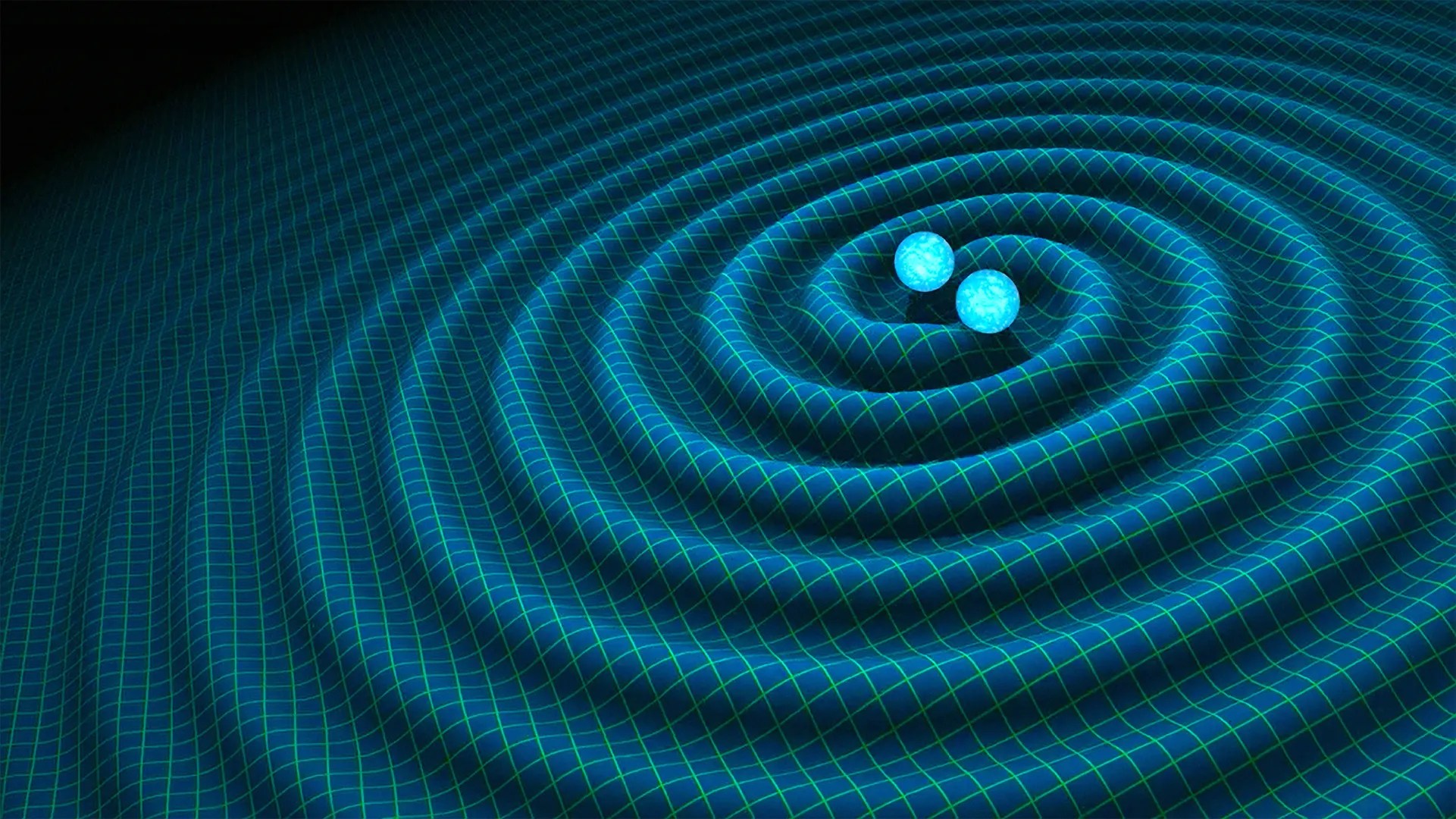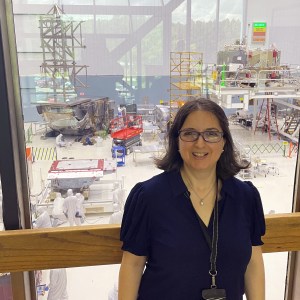Data Visualizer and Designer Robert Simmon never thought that he would become "Mr. Blue Marble."
Name: Robert Simmon
Title: Lead Data Visualizer and Information Designer
Formal Job Classification: Senior Program Analyst
Organization He Works For: Code 613, Climate and Radiation Branch, Earth Sciences Division, Sciences and Exploration Directorate
What do you do and what is most interesting about your role here at Goddard? How do you help support Goddard’s mission?
My role is to make imagery from Earth sciences data. I turn data into pictures. I look for new, interesting events that NASA’s satellites have seen or that are hidden in the latest data to find anything interesting that shows off NASA’s unique capabilities. Finding things is the fun part. I rely on engineers and scientists to produce the data. Their reliable, real-time, stream of 1.7 terabytes a day is incredible–the same as producing 3,000 CDs a day. We know where to look for the interesting stuff because each instrument provides a very specialized type of information. So if I am looking for something specific, I know where to look. For example, recently there was a volcanic eruption in the Red Sea. The only reliable imagery of this was from NASA satellites. We basically confirmed the existence of a new island.
Our team is purely about communications. We translate data into a useable and understandable form. Our writers and visualizers explain what we are seeing and our Web developers tell the world.
What is the coolest thing you’ve ever done as part of your job at Goddard?
The last time anyone took a photograph from above low Earth orbit that showed an entire hemisphere (one side of a globe) was in 1972 during Apollo 17. NASA’s Earth Observing System (EOS) satellites were designed to give a check-up of Earth’s health. By 2002, we finally had enough data to make a snap shot of the entire Earth. So we did. The hard part was creating a flat map of the Earth’s surface with four months’ of satellite data. Reto Stockli, now at the Swiss Federal Office of Meteorology and Climatology, did much of this work. Then we wrapped the flat map around a ball. My part was integrating the surface, clouds, and oceans to match people’s expectations of how Earth looks from space. That ball became the famous Blue Marble.
I was happy with it but had no idea how widespread it would become. We never thought it would become an icon. I certainly never thought that I would become “Mr. Blue Marble.”
We have since updated the base maps by increasing the resolution and, for 2004, we made a series of monthly maps.
What was your best day or the best thing that ever happened to you at Goddard?
The summer of 2007, I bought one of the first iPhones. At that time, you had to plug the iPhone into your computer to set it up. Literally the first thing that came up was a screen with the Blue Marble. My internal dialogue was, “I cannot believe what I am seeing!” I probably jumped up and down. I was shocked!
What lessons or words of wisdom would you pass along to somebody just starting their career at Goddard?
You can discover wonderful things from satellites, but communication is just as important as what you discover. Even if you are talking to another scientist, unless they are in your exact discipline, they may not understand you. The public is even less likely to understand. What made the Blue Marble successful is that it appealed to the general public.
Is there something surprising about you, your hobbies, interests, activities outside of work that people do not generally know?
My girlfriend and I have two, rare New Guinea Singing Dogs (or Singers) as part of a worldwide conservation program. Singers are wild dogs, similar to Dingoes, and have many cat-like characteristics.
Do you have a favorite way or place to kick back, relax, or have fun?
I enjoy reading about the history of cocktails and mixology. I also like to find rare liqueurs. My favorite cocktail is the Aviation, a sky-colored drink made with Marasca cherries and creme de violette.
Do you have a favorite book, magazine, movie, or TV show?
I spend a lot of time exercising my dogs while listening to podcasts. My favorite is “Three Moves Ahead,” which features in-depth discussions of strategy games.































